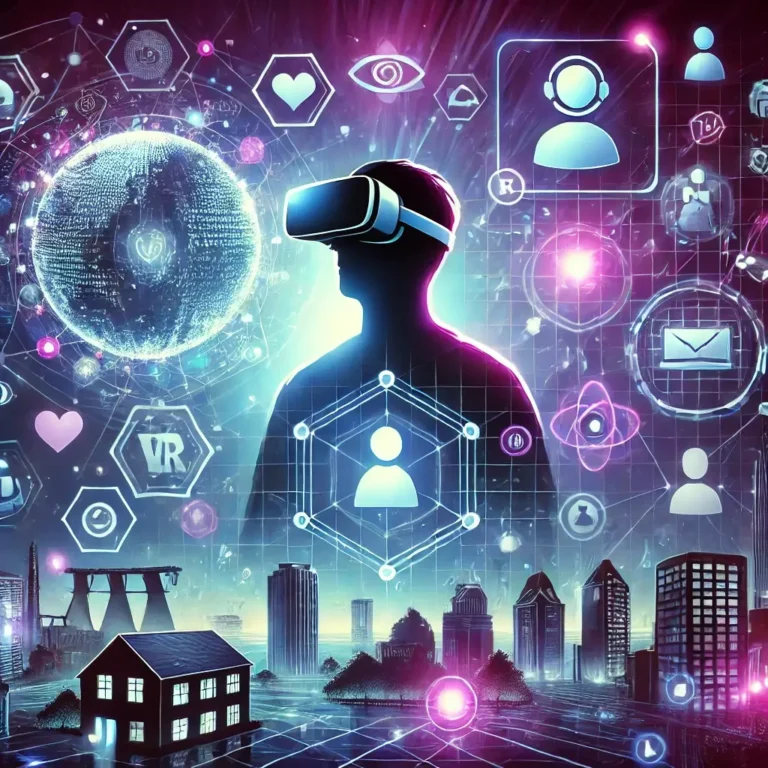🌿 Innovative Solutions and Sustainability Practices: Shaping a Greener Future
🌏 Introduction
In the face of climate change and resource depletion, the need for sustainable solutions has never been more urgent. Around the globe, companies, governments, and individuals are embracing innovative technologies and eco-friendly practices to reduce their carbon footprint and promote a greener future. From renewable energy to circular economy models, these solutions are reshaping industries and driving positive environmental change.
In this article, we’ll explore cutting-edge sustainability practices and how they contribute to a more sustainable and eco-conscious world.
🌟 1. Renewable Energy: The Cornerstone of Sustainability
✅ Solar Power: Clean and Infinite Energy
Solar energy has emerged as one of the most sustainable and widely adopted renewable sources. With the advancement of photovoltaic (PV) technology, solar panels have become more efficient and affordable.
Key benefits of solar energy:
- 🌞 Zero emissions: Solar panels generate electricity without releasing CO2.
- 💡 Cost-effectiveness: Over time, solar installations reduce energy bills.
- ⚡ Energy independence: Reduces reliance on fossil fuels.
🌿 Innovative Solar Solutions:
- Solar windows: Transparent solar panels embedded in windows to generate power.
- Solar roadways: Roads with embedded solar cells generating electricity.
🌬️ Wind Power: Tapping into Nature’s Strength
Wind energy is another sustainable powerhouse, with turbines generating electricity through kinetic energy.
Benefits of wind power:
- 💚 Reduces dependence on fossil fuels.
- ⚡ Lowers greenhouse gas emissions.
- 🌍 Provides renewable electricity to homes and industries.
🌿 2. Green Architecture and Sustainable Construction
🏢 Eco-Friendly Building Materials
The construction industry is shifting towards green architecture by using recycled and sustainable materials, reducing waste and carbon emissions.
Innovative materials include:
- 🌱 Bamboo: Renewable and strong, used as a sustainable alternative to wood.
- ♻️ Recycled steel and concrete: Reduces resource extraction.
- 🌿 Hempcrete: A hemp-based material that is biodegradable and insulating.
🌿 Net-Zero and Energy-Efficient Buildings
Net-zero buildings generate as much energy as they consume through renewable energy sources.
Features of net-zero buildings:
- ☀️ Solar panels and wind turbines.
- 🌿 Green roofs with vegetation for insulation.
- 💡 Smart energy management systems.
🌏 3. Circular Economy: Reducing Waste and Maximizing Resources
The circular economy promotes reusing, recycling, and reducing waste. Instead of the traditional linear model (make-use-dispose), it focuses on recycling and repurposing.
🔄 Key Circular Economy Practices:
- ♻️ Upcycling: Turning waste products into new and valuable items.
- 🛍️ Refurbishing and remanufacturing: Extending the lifespan of products.
- 🔋 E-waste recycling: Recovering valuable metals from old electronics.
🌿 Companies Leading the Way:
- Patagonia: Recycles old clothes into new apparel.
- IKEA: Incorporates sustainable materials and promotes furniture recycling programs.
- Loop: Offers refillable, reusable packaging systems for major brands.

🌿 4. Sustainable Agriculture: Feeding the World Responsibly
🌾 Organic Farming and Regenerative Agriculture
To combat the negative effects of industrial agriculture, organic and regenerative farming practices focus on soil health, biodiversity, and sustainability.
Key practices include:
- 🌱 Crop rotation: Preserves soil nutrients.
- 🐝 Pollinator-friendly farms: Enhances biodiversity.
- ♻️ Composting: Reduces food waste and enriches soil.
🚜 Precision Farming with Technology
Smart farming technologies like drones, AI, and IoT are revolutionizing agriculture by optimizing resource use and reducing waste.
Benefits:
- 📊 Data-driven farming: Increases crop yield.
- 💧 Smart irrigation: Conserves water.
- 🌿 Eco-friendly pesticides: Reduces chemical use.
🌿 5. Sustainable Transportation: Driving a Greener Future
🚗 Electric Vehicles (EVs)
EVs are transforming the automotive industry with their zero-emission technology. Companies like Tesla, Rivian, and BYD are pushing the boundaries with long-range batteries and charging infrastructure.
🌿 Innovations in Transportation:
- 🚴 Electric bikes and scooters: Eco-friendly urban mobility.
- 🚄 High-speed rail: Energy-efficient transportation alternative.
- 🚀 Hydrogen-powered vehicles: A promising clean fuel technology.
🌏 6. Water Conservation and Management
💧 Desalination and Water Recycling
With water scarcity becoming a global challenge, desalination and water recycling technologies offer innovative solutions.
Key methods include:
- 🌊 Reverse osmosis: Removes salt and impurities from seawater.
- 💧 Water reuse systems: Treats wastewater for irrigation and industrial use.
🌿 Smart Water Management
Smart water meters and IoT-based leak detection systems optimize water usage and prevent waste.

🌿 7. Sustainable Waste Management
♻️ Plastic Recycling Innovations
To combat plastic pollution, companies are developing biodegradable plastics and advanced recycling technologies.
Solutions include:
- 🌿 Enzyme-based plastic breakdown: Speeds up plastic decomposition.
- 🔄 Plastic-to-fuel conversion: Turning waste into usable energy.
🌿 Zero-Waste Policies
Businesses and cities are implementing zero-waste policies to reduce landfill waste and promote recycling.
🌏 8. Green Technology and Innovation
🔋 Energy Storage Innovations
Advancements in battery storage technology are enhancing the efficiency of renewable energy systems.
Key technologies:
- ⚡ Lithium-sulfur batteries: Higher energy density.
- 🔋 Solid-state batteries: Safer and more efficient than lithium-ion.
🌿 Carbon Capture and Storage (CCS)
CCS technologies trap and store CO2 emissions, preventing them from entering the atmosphere.
🌿 Conclusion
Innovative solutions and sustainability practices are essential for combating climate change and preserving natural resources. From renewable energy and green architecture to circular economy models and smart transportation, these practices drive positive environmental impact.
By embracing sustainability, businesses and individuals contribute to a greener, healthier planet while promoting long-term economic and social well-being. 🌿🌎


